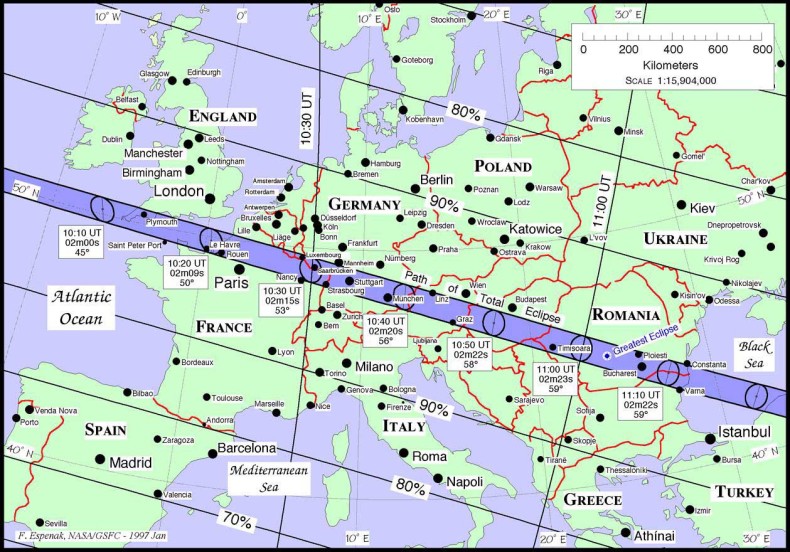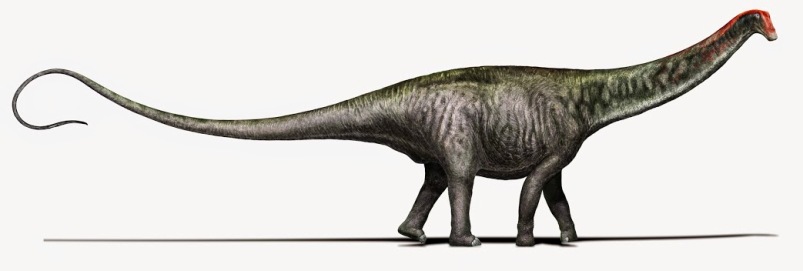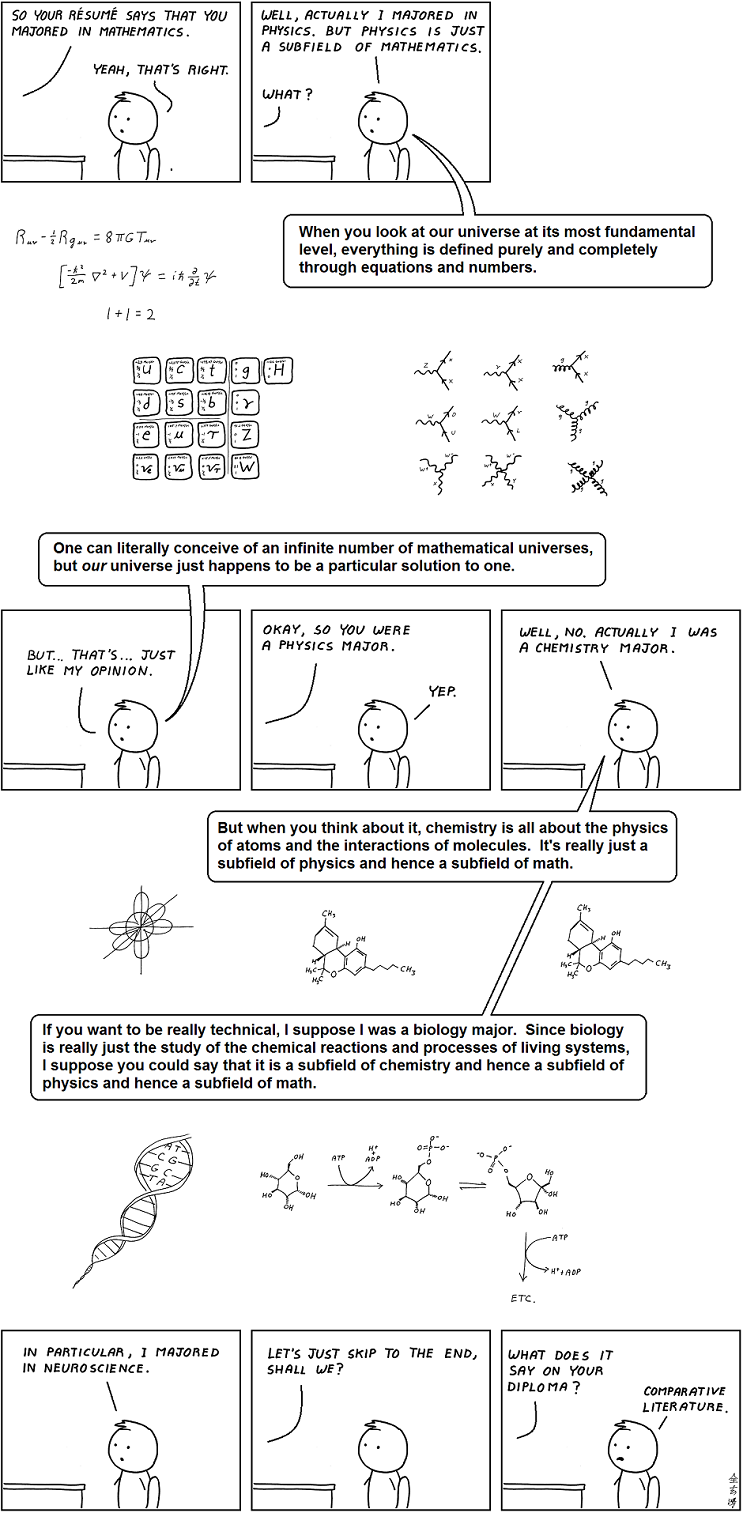 Yesterday, scientists reported that dogs have found an unusual way to steal our hearts. When we stare at our human infants and they stare back, we both experience a rise in the hormone oxytocin, which has been linked to trust and maternal bonding. Now it appears that dogs have hijacked this hormonal response, causing our oxytocin levels to rise when they stare at us, and vice versa. The researchers claim that this behavior may have played a critical role in dog domestication, but is the study all it’s cracked up to be? Judith Lewis Mernit (editor at High Country News and animal watcher) and David Grimm (editor at Science and animal writer) hash it out.
Yesterday, scientists reported that dogs have found an unusual way to steal our hearts. When we stare at our human infants and they stare back, we both experience a rise in the hormone oxytocin, which has been linked to trust and maternal bonding. Now it appears that dogs have hijacked this hormonal response, causing our oxytocin levels to rise when they stare at us, and vice versa. The researchers claim that this behavior may have played a critical role in dog domestication, but is the study all it’s cracked up to be? Judith Lewis Mernit (editor at High Country News and animal watcher) and David Grimm (editor at Science and animal writer) hash it out.
Judith: David, you’ve written a thorough and super-engaging book about our relationship with domestic animals, Citizen Canine: Our Evolving Relationship with Cats and Dogs, and you often write about the science behind domestication. What do you make of the findings of Miho Nagasawa, et al in their study, Oxytocin-gaze positive loop and the coevolution of human-dog bonds? Do they make a strong case that humans and dogs get an oxytocin rush as they gaze into each other’s eyes? In your book you have an experience of meeting wolves where you’re instructed not to stare at them. But as you also go on to show how dogs have evolved in ways that set them apart from wolves, ways that allow them to coexist amicably, for the most part, with humans. Is the “oxytocin-gaze positive loop” these researchers describe another example of that co-evolution?
David: Hi Judith, I think it’s an intriguing study, though I think it’s heavy on speculation. Continue reading



 April 6 – 10
April 6 – 10

